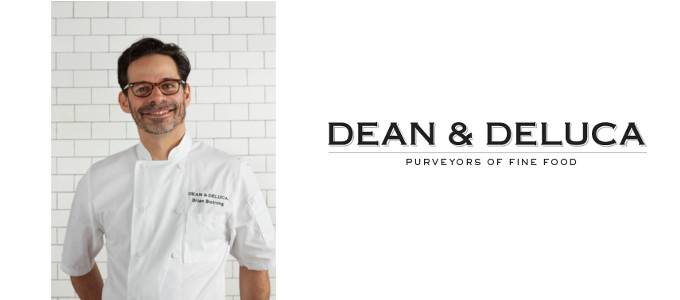The Greatest Tomatoes from Europe come from Italy where the European Union has strict protocols in place to ensure the integrity of each crop. DOP, Denominazione d’ Origine Protetta or Protected Designation of Origin, is a certification of proof that the contents were produced by local farmers using traditional methods. Another protocol in place is the San Marzano certification that ensures that the crop was harvested in Sarnese Nocerino, Italy, just outside of Naples. You can find both seals listed on the cans of Italian-grown tomatoes at local supermarkets nationwide.
Factory Tour: The Greatest Tomatoes from Europe
The Greatest Tomatoes of Europe tour began in Milan and made it’s way down to the southernmost region of Italy to tour the canned tomato production facilities in Sarnese Nocerino. On the trip, the group stopped in Parma to peruse the CIBUS food & beverage tradeshow, Florence to dine on a Michelin Star menu while being immersed in a local art gallery, Naples to sample the Baccalà alla Napoletana, and Rome for sightseeing along with a Cacio e Pepe demonstration.

Between Naples and Rome was a stop in Sarnese Nocerino to tour the Ciao Pomodori di Napoli production facility. While at the facility, a walkthrough took place providing visuals of the full process, from the arrival of the tomatoes to canning and shipping. Ciao’s product is both DOP and San Marzano certified, deeming it the most sought-after crop in the world. The factory uses old-world techniques (a process that does not allow for skimping) which is what makes each perfectly ripe and whole-peeled tomato so flavorful.
Read Also: Unique Game Birds Better Than Thanksgiving Turkey – F & B
On the production side, the tour witnessed an all-women staff working the assembly line, a tradition that is specific to the Sarnese Nocerino region and is being preserved in the modern day. “It is important that we protect these traditions in the territories in which they (tomatoes) grow,” said a representative from ANICAV (National Association of Vegetable Preserves). “The peculiarities of European and Italian tomatoes are linked to the traditions of the specific territories, and it is important that we protect them as well as raise awareness of their unique characteristics so that the consumer can learn to appreciate them.”
Part of the facility tour was learning about the sustainability of the production process. Because the soil is so rich in nutrients due to the area’s volcanic activity, the soil removed from each tomato during the purification process is recycled and returned to the land for the next season’s crop. The water from the plant is also purified and recycled using a state-of-the-art filtration system, allowing the production plant to conserve water to be used to irrigate the soil during harvest.








